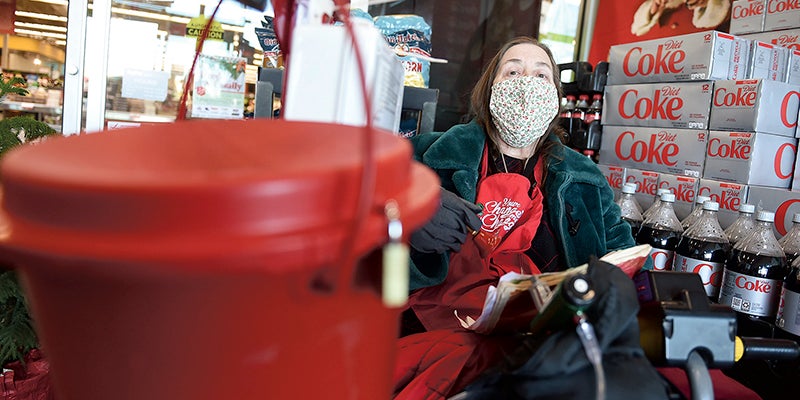County seeking target approach to septic system inspections
Published 6:13 pm Friday, February 9, 2024
|
Getting your Trinity Audio player ready...
|
For the last few years, Mower County has been seeking a path toward improving how it conducts inspections for septic systems within the county.
They are now zeroing in on that goal as it seeks to put into place a more targeted approach to the inspections process.
“We’ve taken all of our septic records and migrated them into a GIS,” said Val Sheedy, assistant Public Works director. “Now we can specifically look at things in a more targeted approach.”
By using a Geographic Information System, Sheedy can use a number of factors or a combination of those factors to help determine which septic systems should be checked for compliance.
It’s the next step on a road the county has been on since around 2018 when an independent report showed that human e-coli bacteria had been detected in the surface water in a number of locations within the county.
That prompted the county to place septic systems compliance at the forefront, however, the county was required to take a broad approach because e-coli bacteria doesn’t just come from human sources. It can be natural as well.
“We’ve been trying to find mechanisms to ask for increased compliance inspections,” Sheedy said, adding that it’s up to the landowner to find the contractor. “A licensed contractor has to make that determination. The county doesn’t do that.”
There are a number of ways a compliance check can be triggered including any property transfer, when a bedroom is added to a home, when a zoning permit is requested along a shoreland or on a non-conforming or small lot.
Shoreland is a Minnesota Department of Natural Resources designation for the land 300 feet to either side of a protected waterway.
In 2021, the county added another trigger that included when a person requests a land use permit.
However, this increased need for compliance has registered some bumps in the road, as landowners question the need for compliance checks in some situations.
“A farmer puts up a bin, that’s a zoning permit,” Sheedy said. “They don’t understand the connection. It doesn’t have anything to do with my house.”
To that end, the county has made active efforts to involve landowners in the process to better explain why compliance checks are being triggered and the process that follows.
In June of 2023, a meeting was held with townships to better bridge that gap in understanding.
“We talked about the permit trigger and why it’s in place,” Sheedy said. “There was a lot of good feedback. There was a lot of misunderstanding about the intent of it and how it works. At the end, we gave them a survey and asked them if not permits, what mechanism might you tolerate.”
Of the 28 responses returned, 43% supported compliance checks on property transfers with 18% supporting a priority based on proximity to waters or sensitive features.
Even though it gave a clearer picture of what landowners want, the survey also indicated that the conversation needs to be extended.
It’s an admittedly tense subject considering the price tags involved. A septic system upgrade can cost anywhere between $20,000 to $30,000. It can often be an unexpected cost because the landowner was looking to do something that doesn’t have a connection to a septic system.
The county has tried to help where it can by providing vouchers that pay for the inspection itself, but that still leaves the system itself. It also supports replacements through a 10-year, 3% interest septic loan program.
Sheedy said they would like to begin the next steps on updating compliance triggers sooner rather than later, but admitted that whatever process is in place, it’s going to be a rolling process.
“It’s going to be an ongoing process,” she said. “With the current contractors available, we can only put in 100, 125 systems in a given year. We’re certainly going to get as many new ones in as we can, but it’s going to be a long process.”
Either way, the end result is cleaner waters.
“Failing septic systems discharge bacteria and pathogens so we want to do our part to make sure everyone is safe and their kids and grandkids have access to clean water,” Sheedy said.





